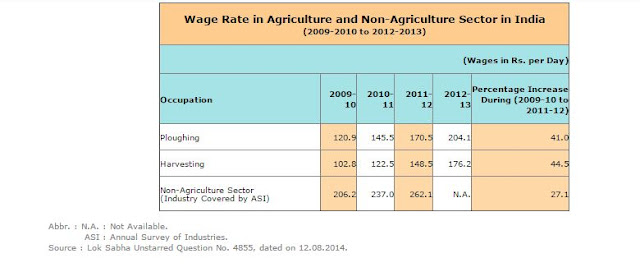Importance of the independent voters: Bihar, Kerala and Maharashtra..
The recent trends in Assembly elections show that the local issues do matter. In this article, I am trying to understand the constituencywise voting pattern for Bihar, Maharashtra, and Kerala in the assembly election. I wanted to compare Bihar and Kerala's last two assembly elections as these states witnessed the state election in consecutive years as well as the differences in the development pattern. I added Maharashtra just for interest ('_').
Bihar in 2010 witnessed the fight between two alliances (actually three NDA, UPA, and RJD+LJP) while in 2015 it was between two major alliances Mahagathabandhana and NDA. The main difference between the two elections is that one happened before the 2014 Loksabha election and another happened after the 2014 Loksabha election. The concentration index is formed for each constituency by adding the square of vote shares (in total valid votes) of all candidates in a given constituency. Another index is formed by using total number of electors (an elector is a person who registers himself/herself electoral roll in a given constituency. A voter is a person who actually takes part in election process and vote while electors can be viewed as potential voters which include those who voted and those who didn't vote). It tries to show the concentration of the votes captured by the winner (or top vote-earners) as well as the number of the effective participants. If it is high then the winner is getting more votes compared to all other candidates and vice versa.
In Bihar in both elections, two indicators show the drastic change. The left-hand side in both elections is pretty dark compared to the right-hand side. It means winners are overall capturing very marginal vote share when the total numbers of electors are considered. But there is a concentration of votes when just vote share (in total valid votes) is considered. In this case, one can say that those who are actually voting are followers of a particular party or individual. The neutral voters i.e. independent voters are not taking part in election process. The independent voters are the voters who are not loyal to any political party or political personality (Flanigan and Zingale (1972)). These voters give their votes on the basis of the issues, not on the basis of the political ideology (Sorauf and Beck (1988)).
But in Kerala, it is true that the index form on the basis of the valid votes shows concentration but the concentration is very less compared to Bihar. Interestingly, there is no drastic change in both indices for Kerala especially in 2016 election color is not changing drastically. One must understand that when the index is formed on the basis of the number of electors, a smaller number will be generated as the pie is changing. But if there is concentration of votes after considering the valid votes only and if it is changing drastically compared to the concentration measured on the basis of the number of total electors then one can say that the followers or politically influenced voters are taking part on large scale and winners are winning the election due to the identity of the party or individual person while independent voters are not interested to vote. This pattern is visible in Bihar (Interestingly, in Bihar certain constituencies are constantly showing high concentration. CM candidates, as well as star campaigners, are contesting the election in these constituencies)
In Kerala, the concentration is not visible. One can say that in Kerala, independent voters are taking part in the election process or one can say that there is no significant difference between the number of total electors and total valid votes. But both statements actually point out the same thing in a different manner. If the difference between total voters and electors is less then it means the overall population is actually taking part in the election process i.e. independent voters who less likely to vote as they don't have any political affiliation are voting.
In Maharashtra, in the 2019 election, the difference between the two indices is very high. It is visible in the given map as the left-hand side is darker compared to the right-hand side for the 2019 election. If the above arguments are accepted then one can say similar things aboutMaharashtra, Unlike Kerala, in Maharashtra, independent voters are moving away from the election.
It is important to understand and analyze the role of independent voters. If we compare Bihar and Kerala, one can't reject the role of the independent voter and development process. A more systematic analysis must be done.
References:
Flanigan, W. H., Zingale, N. H., Theiss-Morse, E. A., & Wagner, M. W. (1972). Political behavior of the American electorate (pp. 108-109). Boston: Allyn and Bacon.
Sorauf, F. J., & Beck, P. A. (1988). Party Politics in America. Glenview, IL: Scott Foresman.





.jpeg)


टिप्पण्या
टिप्पणी पोस्ट करा